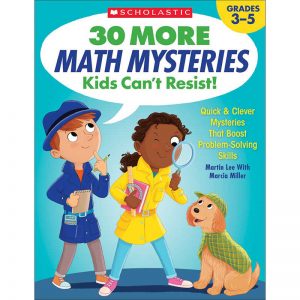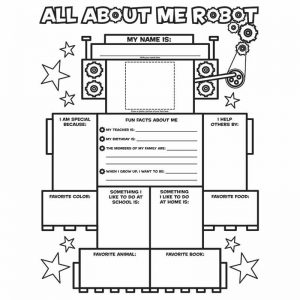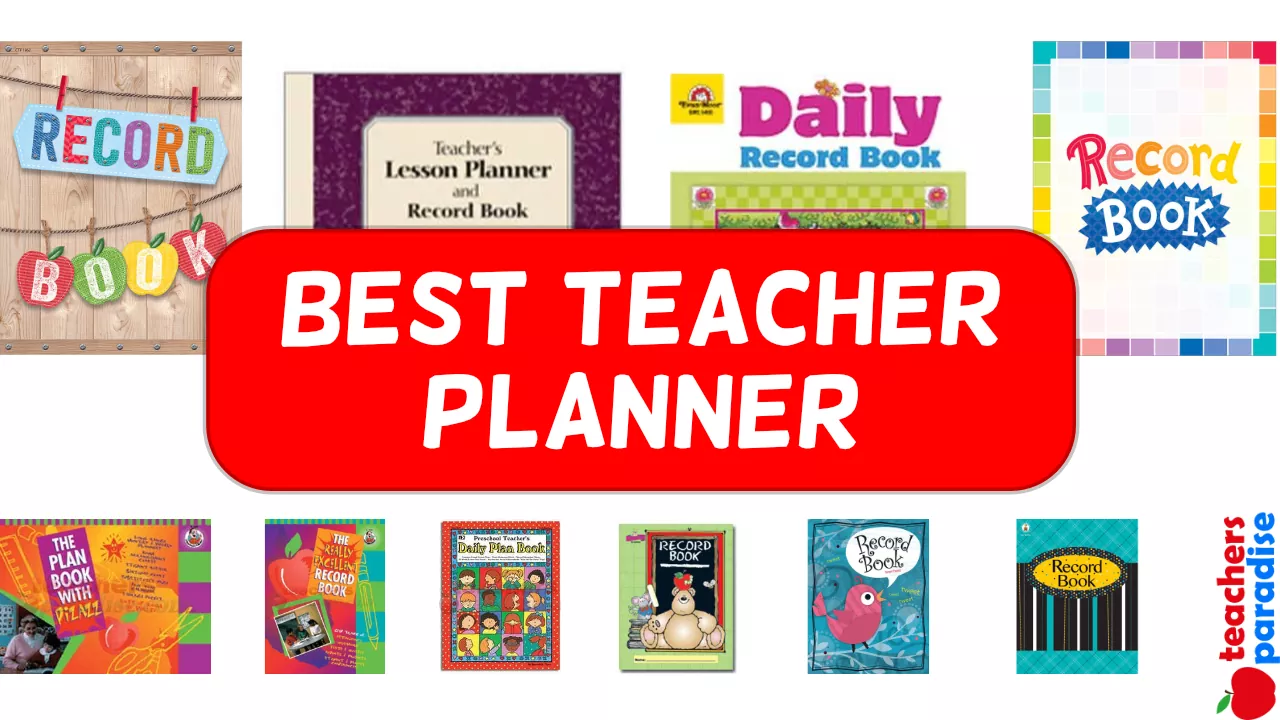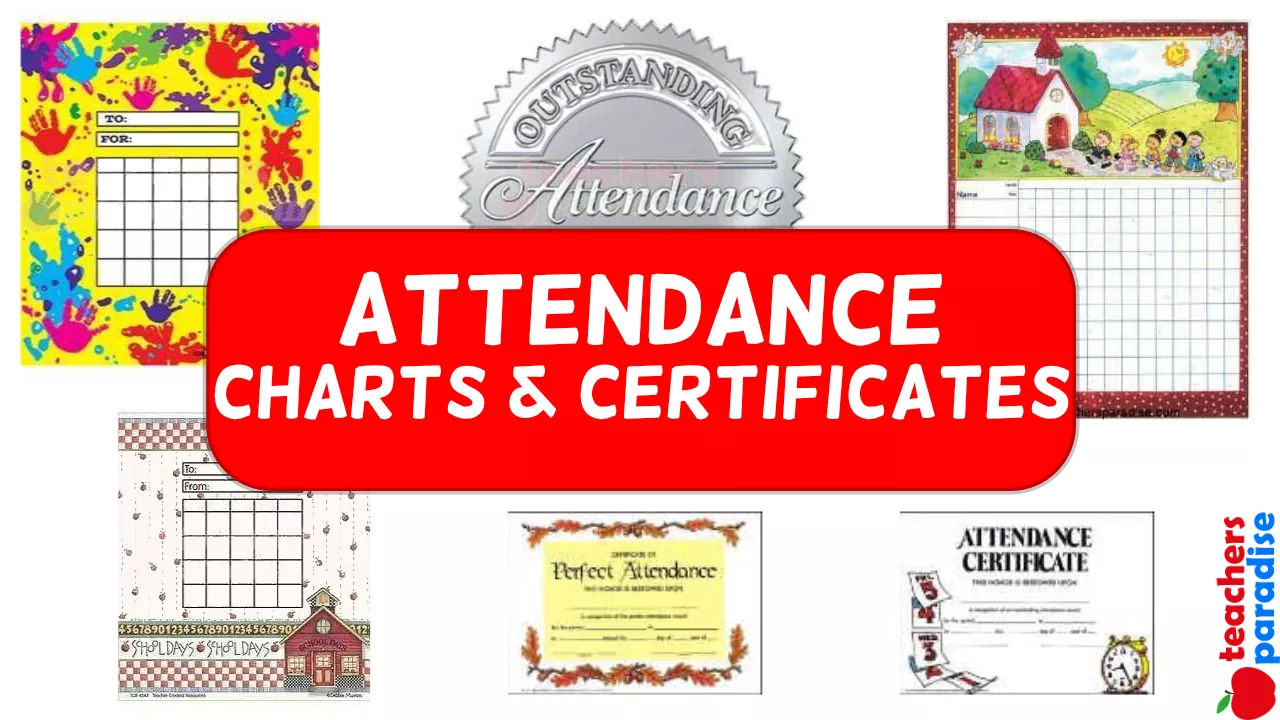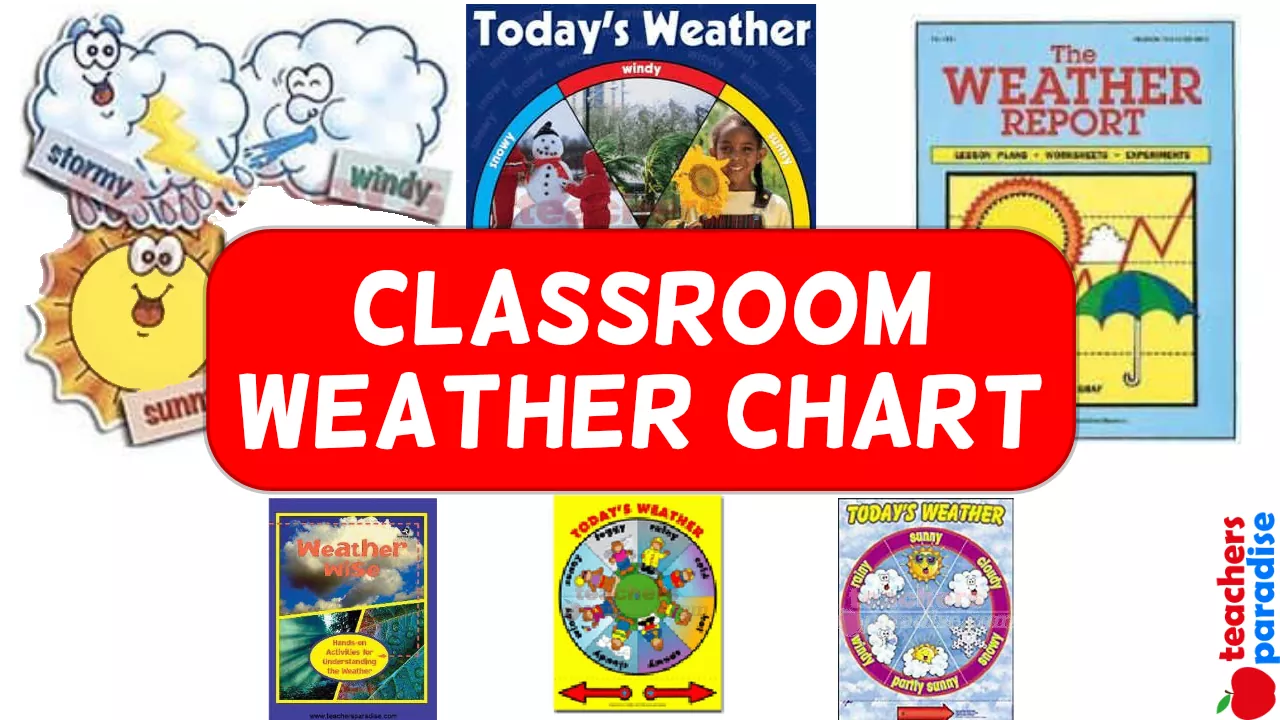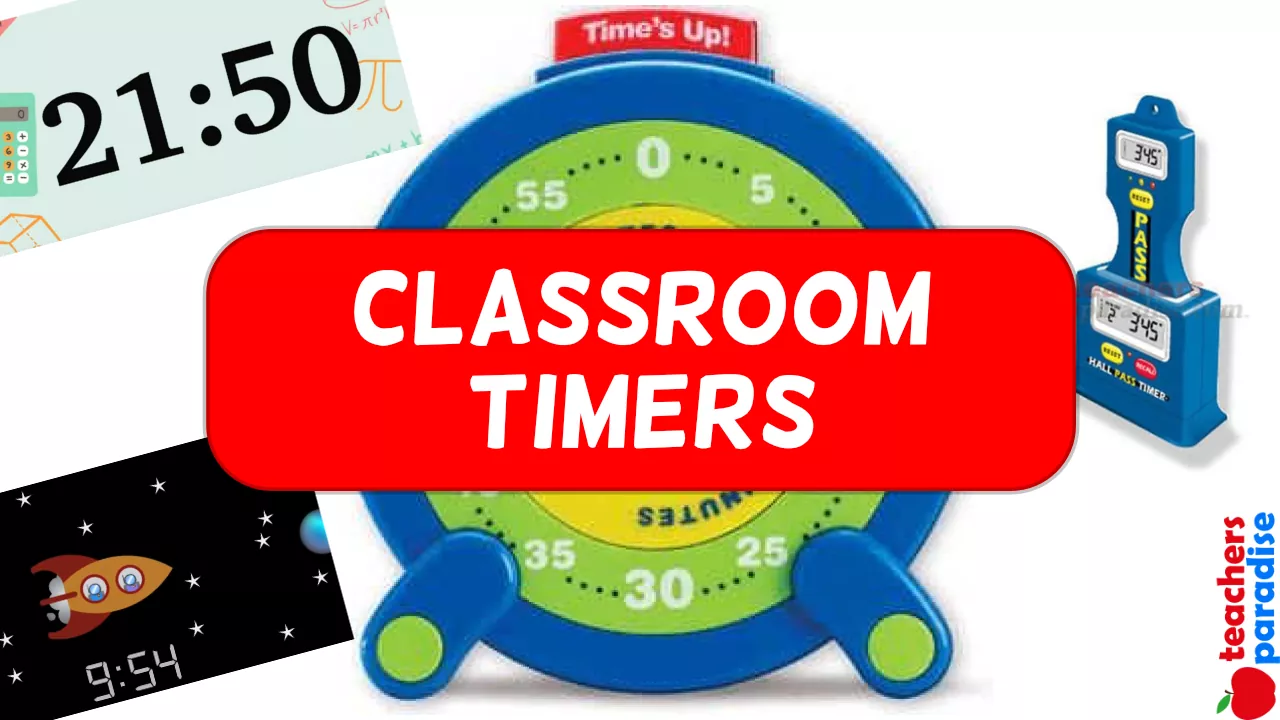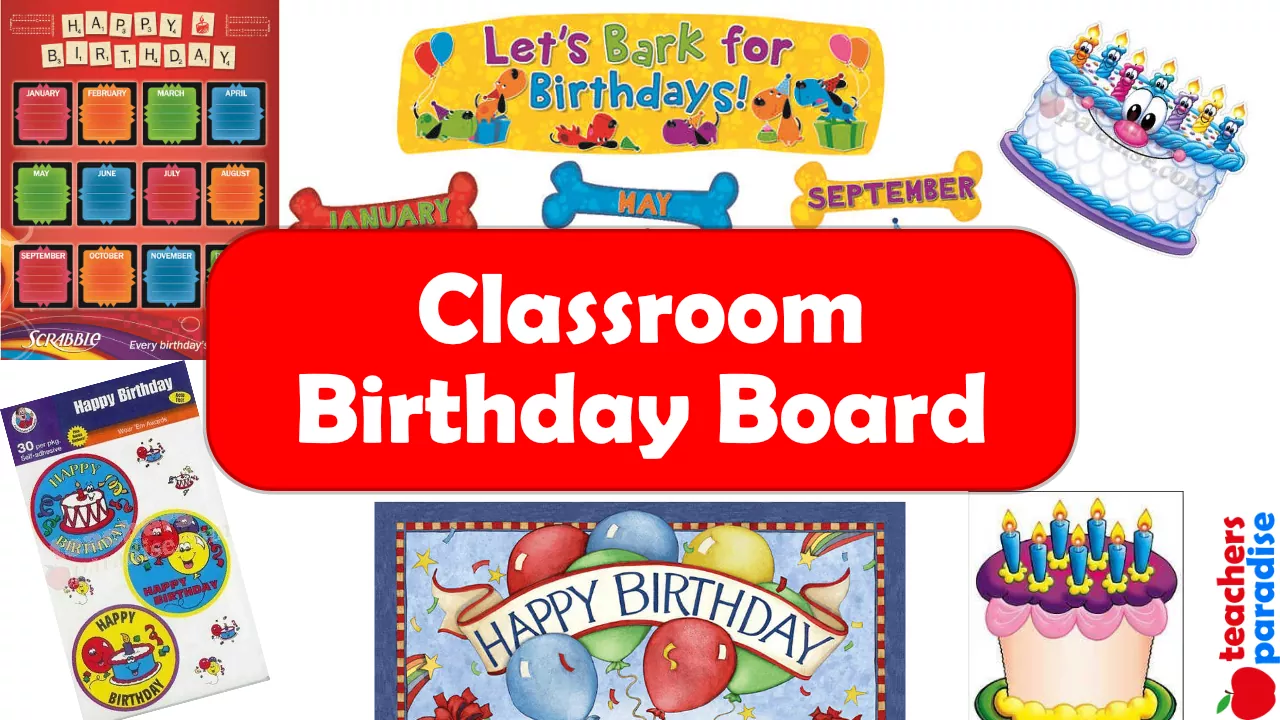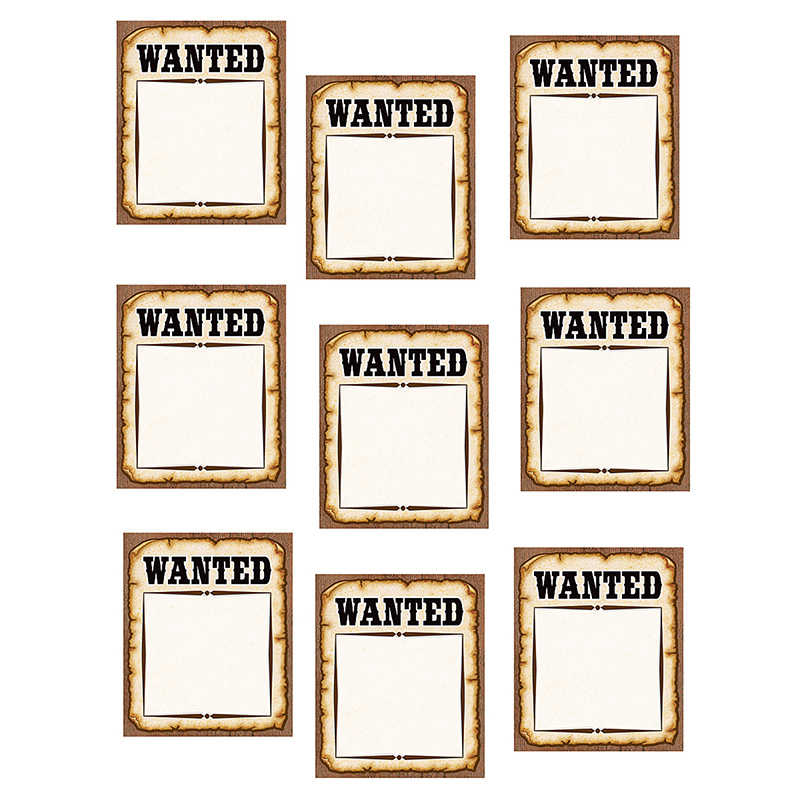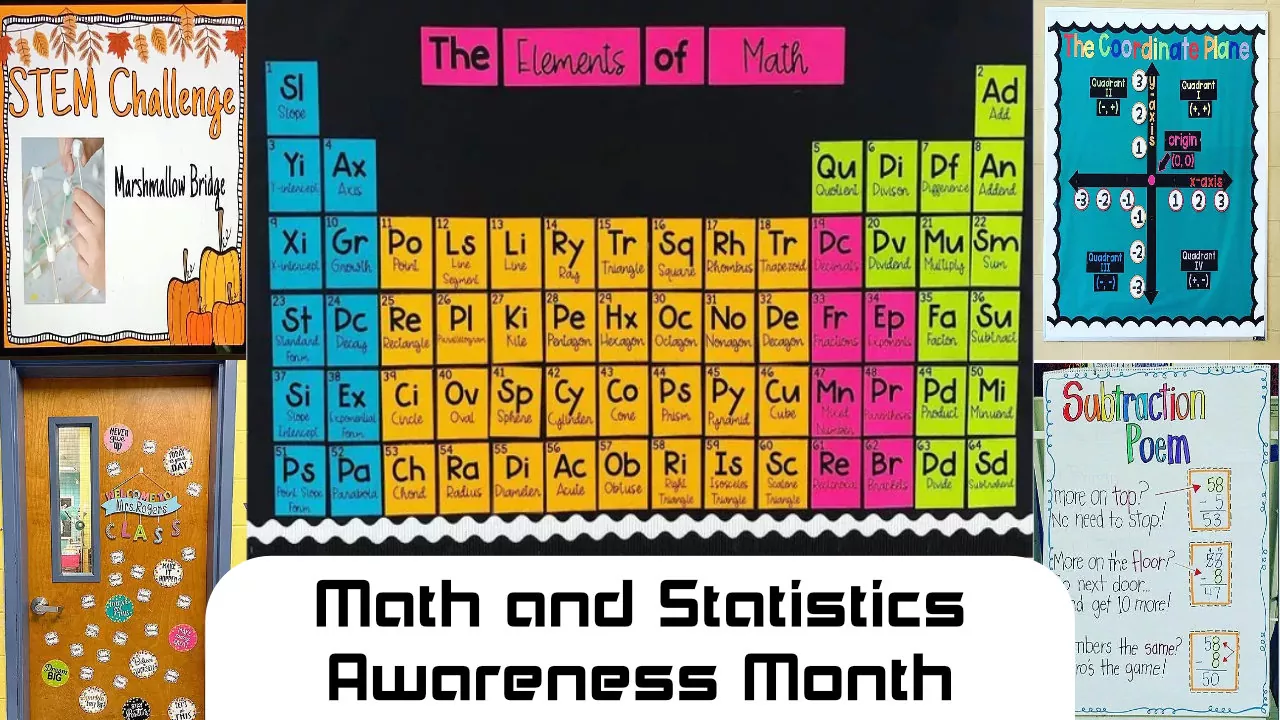Sight Word Readers Teaching Guide
A chef uses some of the same ingredients in many different dishes. A musician plays some of the same notes in numerous pieces. And a reader reads some of the same words in almost every text. These words are sight, or high-frequency, words. For an emergent reader, they are need-to-know words. Sight Word Readers focus on 50 of these words.
For every 10 words that a student reads, one is a sight word. These highfrequency words control the flow and coherence of text, and learning them is essential to becoming a fluent reader. However, many sight words do not follow common rules of spelling and are therefore not readily decodable. And most of these words are also hard to define because they are not nouns or verbs; they are “function” words that help link the elements of a sentence to create meaning.
The result is that emergent readers do not learn most sight, or high-frequency, words as easily or quickly as decodable words. One way to address this is through repeated exposure. Each book in your Sight Word Readers Set features two sight words. They are drawn from the Dolch Basic Sight Word Vocabulary 220 list and the American Heritage Word Frequency Book list of the 150 most frequent English words.
WORKSHEET & Sample PDF Activity
Sample PDF Activity
The stories in these books are predictable and use a patterned/repetitive text supported by clear illustrations. By reading the books again and again—with you, in small groups, with the class, or independently—children will become familiar with these sight words and begin to “internalize” them.
Using Explicit Instruction
For some children, explicit instruction is necessary to master sight words. You can use explicit instruction by following this pattern for each set of words.
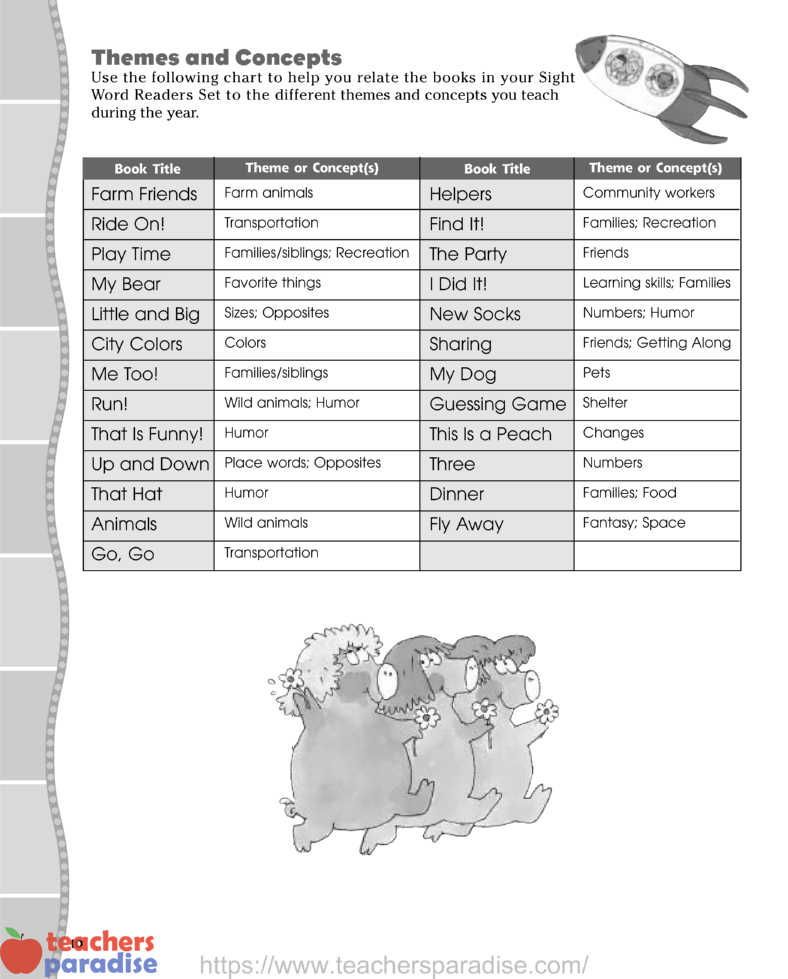
Session 1
- Write the two featured sight words on chart paper. Read them aloud.
- Talk about the words and point out any special features, such as which letter they begin with and how many letters they contain.
- Point to each letter and have children spell aloud each word.
- Have children write each word in the air.
- Duplicate and pass out the reproducible Write–and–Learn Practice Pages for the story. Have children trace and then write each word on the top half of the page. Collect the pages or have children place them in a sight word folder.
- Pass out the books and read the story to the group.
- Read the story again, inviting children to chime in if they like and run their fingers under the text as you go.
- Talk about the story. Examine the illustrations and model how they yield meaning, especially of the non-sight words.
- Ask children if they recognize any words in the story. Help children see that two of the words in the story are on the chart paper.
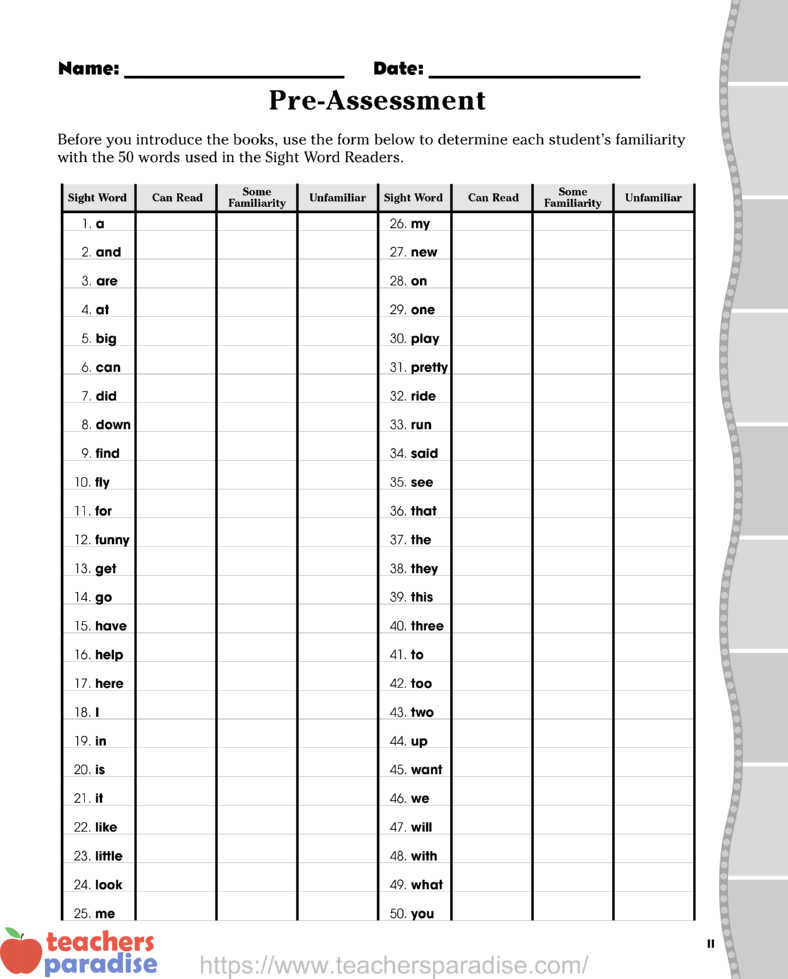
Session 2
- Pass out the books and reread the story together a few times, inviting children to run their fingers under the text as they go.
- Point to the words on the chart paper and ask children to find them in the story.
- Have children complete the second part of the Write–and–Learn Practice Pages. Read aloud the sentence. Then have children write the sight word in the next sentence. Help children write sentences of their own using the sight word. To reinforce spelling, on subsequent days have children write additional sentences using the sight word.
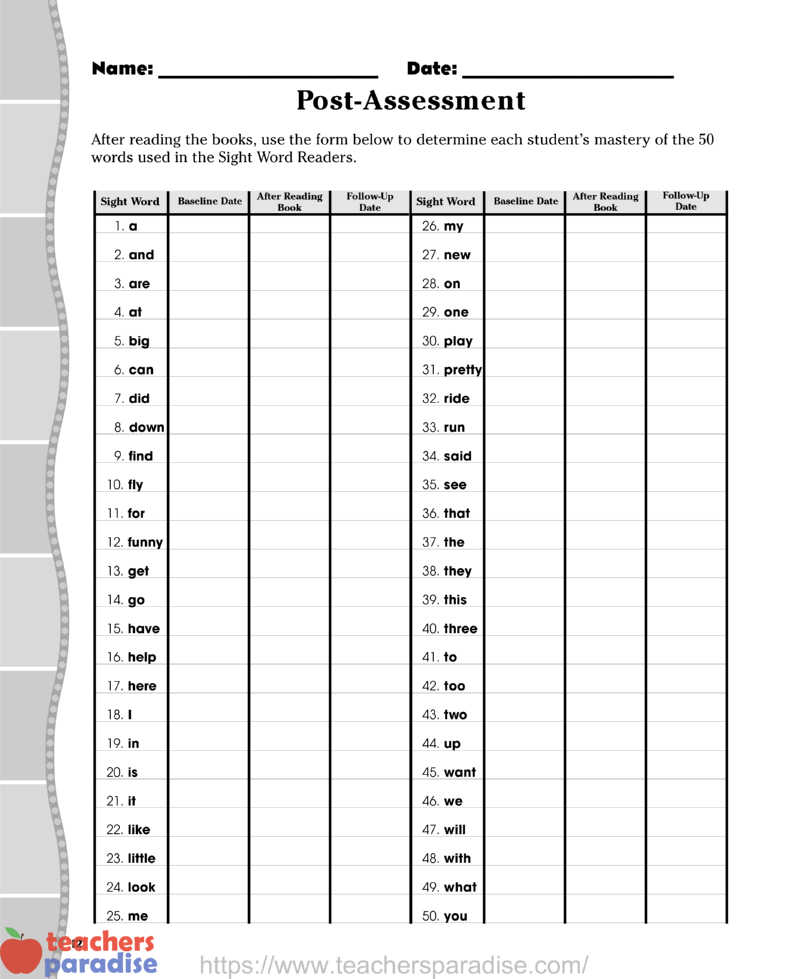
Session 3
- Pass out the books and reread the story round-robin style.
- Ask each child to identify the sight words in context.
- Pass out copies of the mini-books.
- Send the mini-books home so parents can read them with children to reinforce learning.
Assessment
You’ll find two assessment forms in the book. The one on page 11 is a pretest to help you establish a base line for each child to determine his or her familiarity with the 50 sight words in this library. After the words have been introduced, use the assessment form on page 12 to determine which words the child has mastered and which words need more reinforcement. You can use the flashcards on pages 118–122 to administer these assessments. For a more informal evaluation, you can use the spinners on pages 123–127.
Flexible Flash Cards
On pages 118–122 you’ll find 50 flash cards that can be reproduced and cut apart for a variety of classroom uses. Try these ideas to get started.
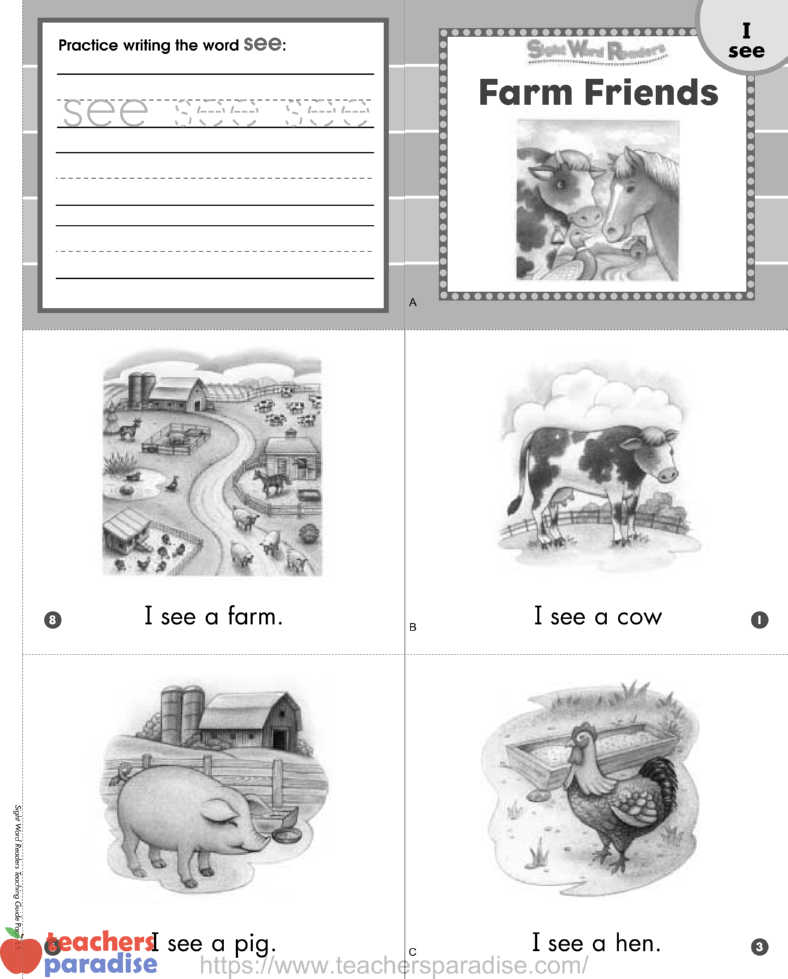
• Sighting Sight Words Provide each child with a flash card and a sheet of paper. Have children paste their cards at the top of the page. Then challenge them to find print versions of the word in old magazines, calendars, catalogues, and newspapers. Have children cut out the words and paste them on the sight word page. This is also a good way to introduce children to different kinds and sizes of typeface.
• Concentration Children can play this game in pairs or groups of three. Make two sets of the sight word flashcards. Have children shuffle the cards and place them on a desk facedown in rows. The players take turns picking up two cards to see if the words on them match. If not, the cards are replaced facedown in the same spot. If the words on the cards do match, the player keeps the pair and takes another turn. To reinforce word recognition, you might stipulate that players have to read the words on the cards aloud. The game ends when all the cards have been matched. The player with the most pairs is the winner.
• Sorting Words Have children use the flashcards to sort words. For example, they might sort the words by the number of letters in them, by alphabetical order, or by different vowel sounds. Invite children to make up their own criteria for sorts and to explain what these criteria are. They also can ask a partner to guess how the cards are sorted.
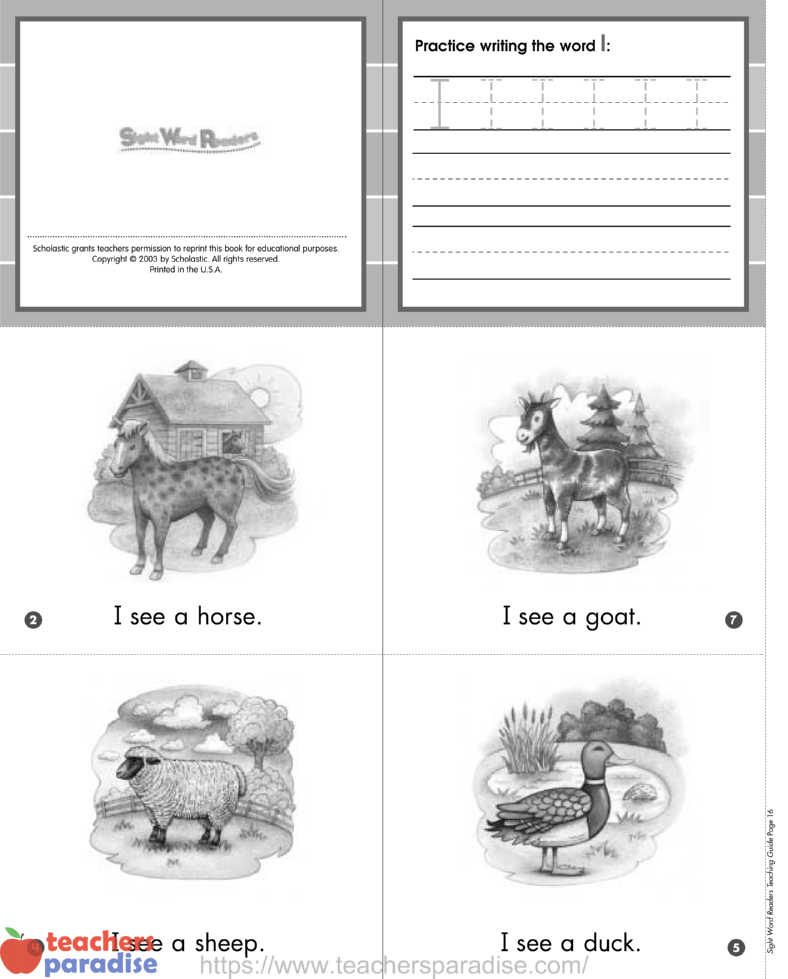
• Flash Card Fish Duplicate a set of the flashcards and glue them onto tagboard. After cutting the cards apart, attach a paper clip to each card. Then make a fishing pole from a rod, string, and magnet. Children can play in pairs, small groups, or as teams. Place the cards in a box. Have players take turns “fishing” to “catch” a card. Each player must read the word on the card correctly. The other players or team determine if the word is correct. If so, the player gets a point. Play continues until a specified number of points is won or all the cards are “caught.”
• Word Banks Use the flashcards as word banks for writing assignments. Make an extra set of the cards and place them in your classroom writing center. Many children will enjoy writing sequels or alternate endings to the books in the Sight Word Readers Set.
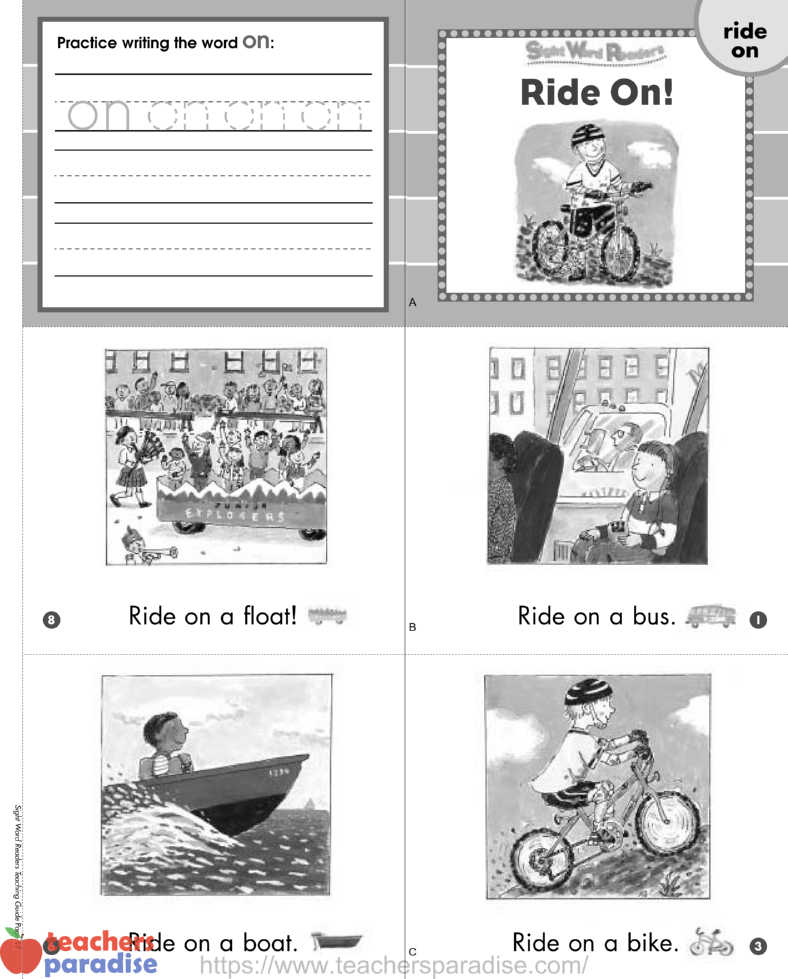
Spinning the Spinners
On pages 123–127, you’ll find spinners with 10 words each. Duplicate the pages, then cut out the arrows and attach them to the spinners with a brass fastener. (For more durable spinners, glue the word circles and arrows onto tagboard and laminate.) Use the activities below to assess and build sight word skills.
• Spin and Win Children can play this game individually or with a partner. They spin the arrow and must read aloud the word it stops on. To make the game more challenging, stipulate that players must continue until all the words have been read.
• Spin and Win Again In this version of the game, players must write the word that the arrow stops on. More advanced players can write the word in a sentence.
• Spin Around the Room Make extra sets of spinners and place them at places in the room that children tend to frequent, such as the pencil sharpener, sink, and cubbies. Encourage children to get in the habit of “taking a spin” and reading a word as they pass these places.
Word Pictures
Although most sight words are not nouns, with a little imagination, some of the words in your Sight Word Readers Set can be illustrated. Challenge children to illustrate these words: see, ride, play, on, my, can, big, little, look, run, funny, up, down, pretty, like, go, help, find, new, one, two, three, and fly. Have children write the word under the picture and use the pictures as part of your classroom Word Wall.
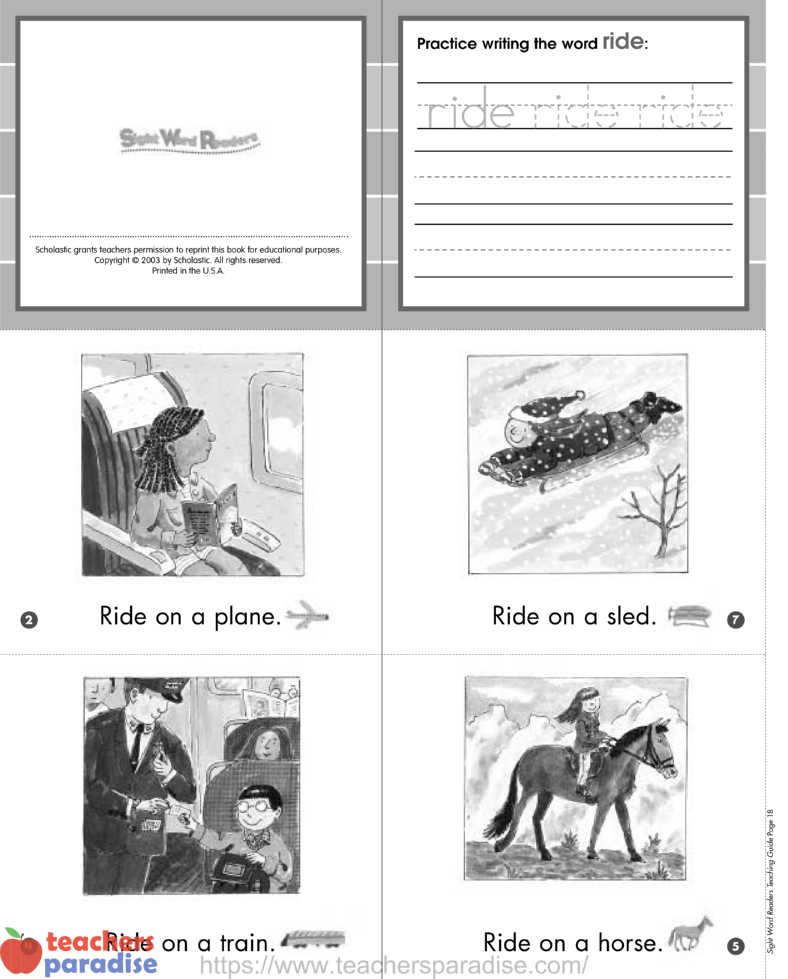
Rhymes and Reading
Several of the books are in rhyme. This often makes it easier for children to recall the stories. Rhyme is also useful in teaching phonemic awareness because readers must pay attention to the relationship of sounds and the letters that represent them. Use the following books when focusing on rhyming sounds:
Ride On!, My Dog, City Colors, This Is a Peach, That Is Funny!, Three, Animals, Fly Away
Color on the Clothesline
A number of color words are on the Dolch list. You’ll find some of these—red, yellow, blue, green—in the book City Colors. If necessary, point out to children that the words are printed in the colors they name. As a follow-up activity, pass out large sheets of drawing paper and have children design an item of clothing in their favorite color. Cut out the clothes and hang them with real clothespins on a line strung across the classroom. You might hang all the clothes of one color together; all the shirts, pants, and so on together; or simply use a random approach for a rainbow effect.

